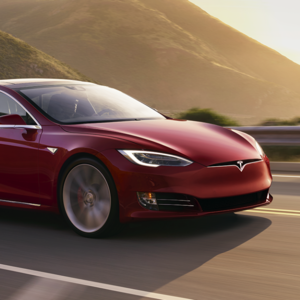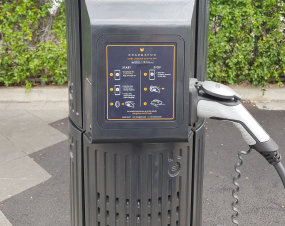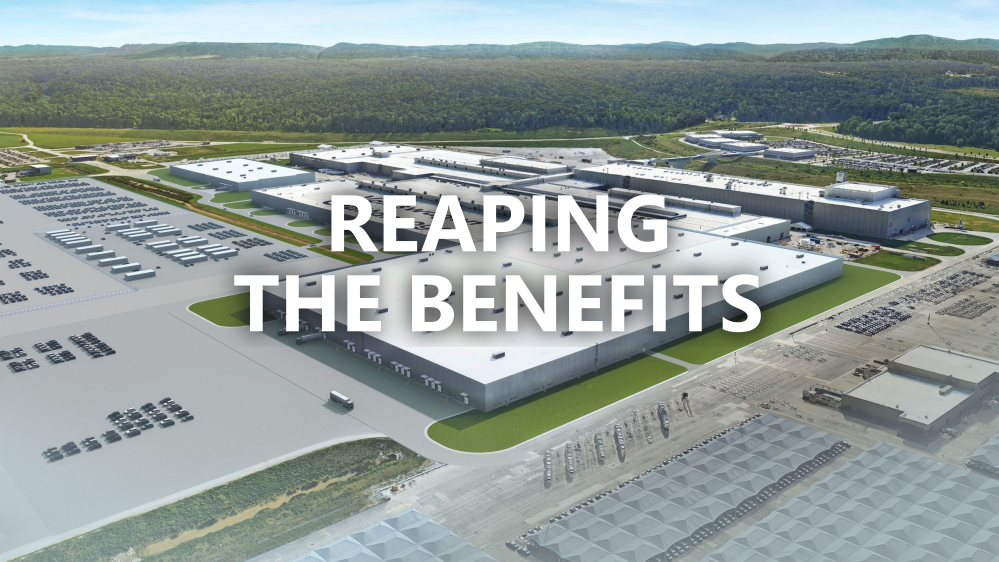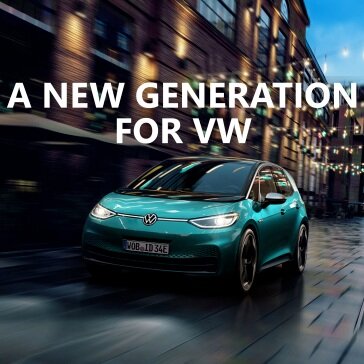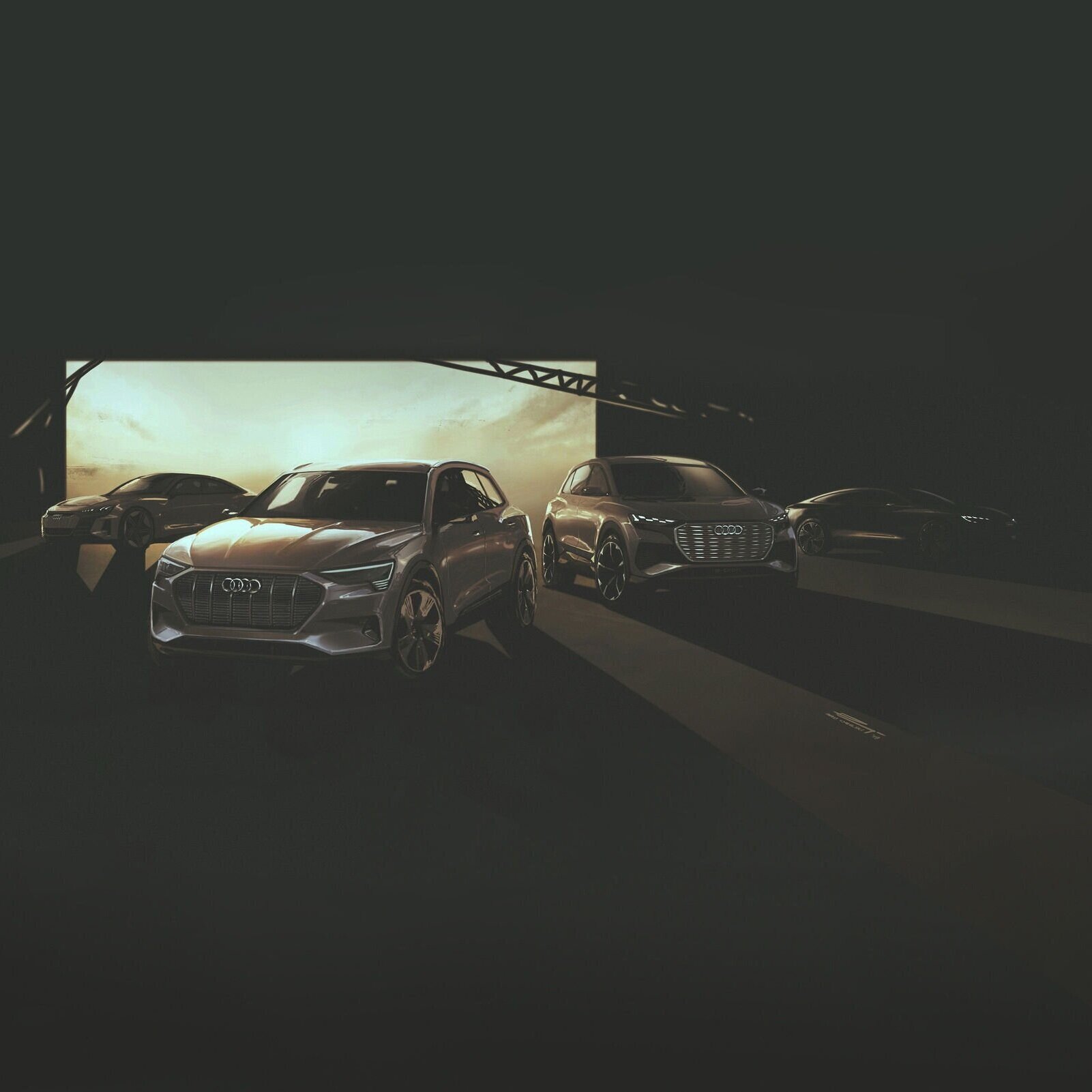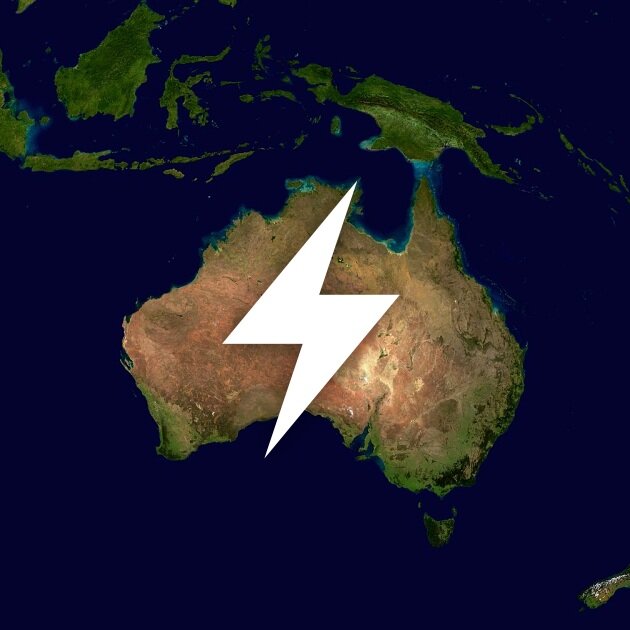As more major automakers dip their toes into one or two electric models, you might be wondering exactly how invested they are in developing and producing electric tech. Well, we’ve got the numbers. Here are the highlights, the pledges, the promises and the potential for a worldwide move from combustion to e-mobility.
The frontrunner in the e-investment race is obvious — Tesla have grown from nothing to an electric heavyweight in just over a decade thanks to an unwavering commitment to electric tech. Their ambition has been consistently unmatched: breaking acceleration records with a 2-tonne sedan, building a global charging network from the ground up, and vertically integrating production from batteries to completed EVs.
Any appraisal of Tesla’s EV investment is really just an overview of the entire company. Unfortunately for them, however, that company doesn’t have decades of experience and infrastructure on-hand to match the world’s top automakers. They simply can’t manufacture at the scale and speed necessary to change the automotive world on their own. So what exactly are the legacy players doing?
The German heavyweights
VW has had a rocky few years, but they’re betting on electric tech as the key to maintaining their top-billing on the global passenger vehicle market. September saw the first step in that plan with the premiere of the ID.3, so-called because it marks the third major generation of the brand’s vehicles after the iconic Beetle in 1947 and the Golf in 1974.
What we know about the Volkswagen ID.3
Earlier this month Volkswagen pledged to expand their already large electrification and digitization investment to €60 billion by 2024 ($97.8 billion AUD). That’s €16 B more than previously announced, with more than half to be directed specifically to EV development.
That figure will be spent on converting plants to full-electric production, developing new models, and expanding VW’s recent foray into battery production. VW have confirmed they’re planning 75 new all-electric models and 60 new hybrids for launch over the next decade.
And the efficiency of that scale of investment is already paying off: Reuters reports the ID.3 is 40% cheaper to produce than VW’s last electric model, the eGolf, despite it being an improvement on almost every metric.
The VW investment is paying off for their partners, too. Porsche’s first EV, the Taycan, received over 30,000 preorders before it was even shown publicly. By this month, Porsche had added another variant and hired 500 new workers for production. Meanwhile Audi have been making strides in the electric SUV market with their eTron, with 30 new EV models slated for release by 2025.
The electrification of Audi
BMW have been the most hesitant German automaker to transition away from combustion, but they haven’t neglected e-mobility entirely. Their long-running wireless charging trial has shown promise and they’ve launched a number of electric models — with plans for more.
BMW Chairman of the Board of Management, Harald Krüger, has confirmed:
“By 2021, we will have doubled our sales of electrified vehicles compared with 2019. We will offer 25 electrified vehicles already in 2023 – two years earlier than originally planned.”
East Asian e-mobility
Asia has been a tech hub for decades as well as being home to some of the world’s largest automakers. But that culture of innovation hasn’t always translated to EV enthusiasm.
Toyota got in early on electrification with the launch of the Prius in 1997, but for a long while they were hesitant to back battery electric vehicles (BEVs). They’ve supported hydrogen fuel cell-powered vehicles for a long while — even when they started exploding.
Toyota APM – to be used in Tokyo 2020
But that’s not the whole story for Asia’s biggest automaker. Earlier this year Toyota revealed their fleet of electrified vehicles for the 2020 Tokyo Olympics including some wacky-looking electric people movers, scooters, and buses.
All-in-all, Toyota are expecting half of all their vehicles to be ‘electrified’ in some way by 2025. Whether that translates to BEVs on the Australian market remains to be seen.
Meanwhile Hyundai have made a point of playing both sides in the hydrogen/battery matchup. Their all-electric Ioniq and Kona are both available in Australia — the Ioniq is currently Australia’s cheapest EV — and the Nexo is set to be Australia’s first hydrogen-powered vehicle from next year.
And if we judge EV investment on a national basis, China are far-and-away the world leaders in the field. The Chinese EV market is the largest in the world, composed of a mix of local and international manufacturers. While their homegrown automakers have struggled to find a foothold abroad — Chinese EV startup NIO, perhaps its most well-known EV automaker, is on the verge of bankruptcy.
Despite the obstacles facing them, the future looks strong for Chinese EV manufacture. Tesla’s Shanghai Gigafactory is ready to mass-produce Model 3s as of this month, and local designs are being teased for release around the world — including Australia.
North America
If there was ever a sign that EVs are destined to replace combustion, it’s the announcement of an all-electric Mustang and HUMMER. Admittedly the e-HUMMER isn’t confirmed specifically, but the news that GM is planning a range of electric pickups and SUVs is a clear seachange for the traditionally big-engine American automakers.
The Mach E is Ford’s first major foray into electrification after their announcement of an $11B USD investment in electrification last year. GM have also pledged $3 B USD to go towards EV production in Detroit. Altogether, GM are expected to spend $8 B on EV and self-driving technology development over the next few years, which is a good sign — even if it took a UAW strike to secure it.
And even if the Big Three legacy American automakers fail to bring EVs to the US, they’ve still got Tesla to fall back on. Tesla manufacture all their vehicles on the Continental US — at least until the Shanghai Gigafactory is up-and-running — and consistently support American innovation. With the Roadster, Semi, and Cybertruck on the way, their lead looks set to continue.
Australia?
Despite strong signs abroad, little of the enthusiasm for EV investment is expected to translate to Australia — at least in the short-term. The Commonwealth government has provided no plan for incentivising EV adoption or even regulating vehicle emissions.
The Roadblocks keeping EVs out of Australia
And that lack of attention is already costing us. The 2020 Kia e-Niro isn’t expected to make it to Australia despite European and North American releases confirmed. Australia’s lack of CO2 emissions and vehicle efficiency standards have been implicated in Kia’s decision not to launch here.
Thankfully, private sector interest in EVs has been strong. Australian EV charger manufacturers like Tritium have made waves overseas, and EVs have led some domestic vehicle manufacturing to return to Adelaide.
Will we see more investment in electric vehicle tech from Australia? Follow the developments here and internationally on the JET Charge blog, follow our Facebook page for updates, or contact us at info@jetcharge.com.au with EV charging inquiries Australia-wide.


